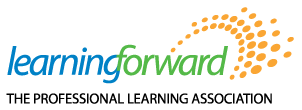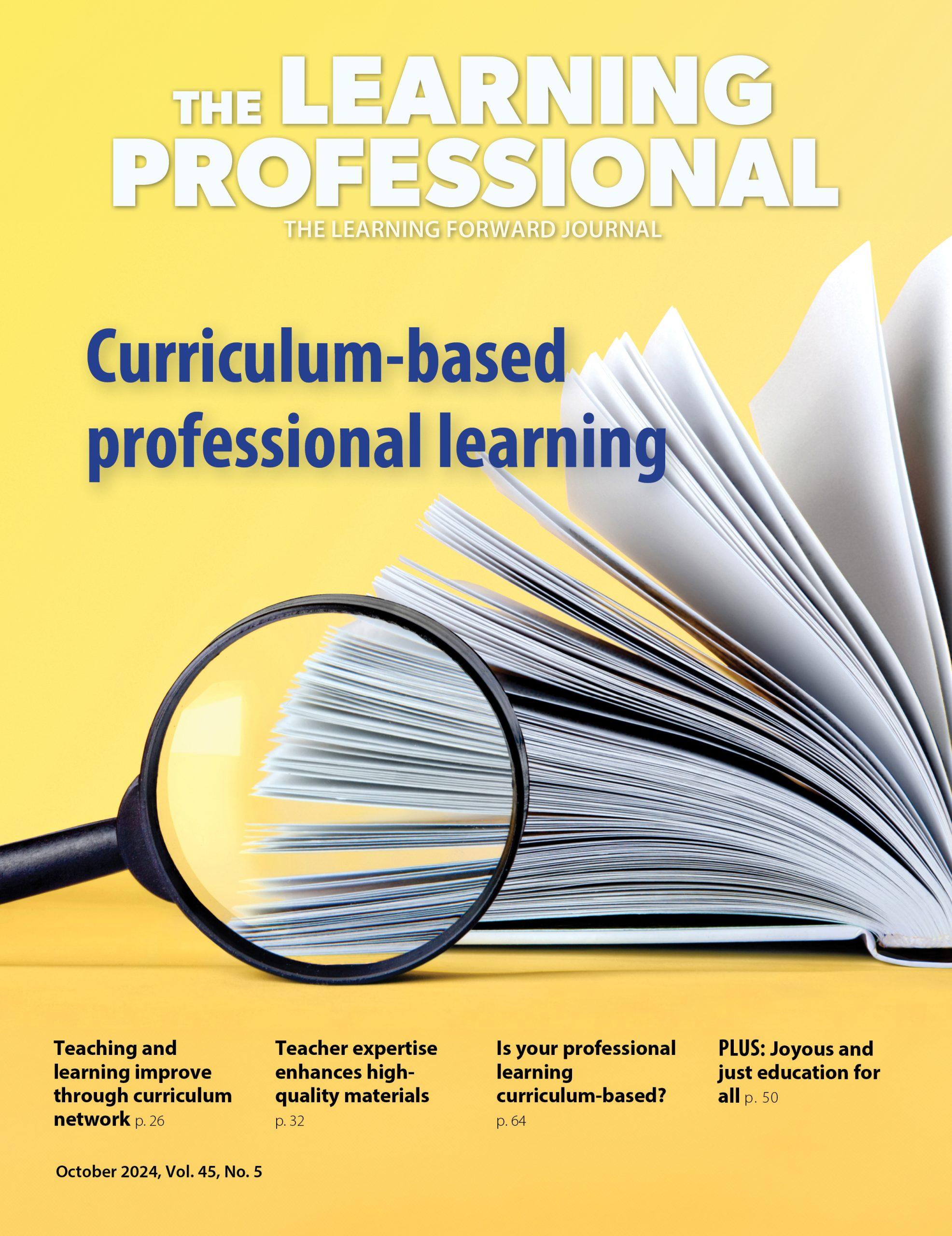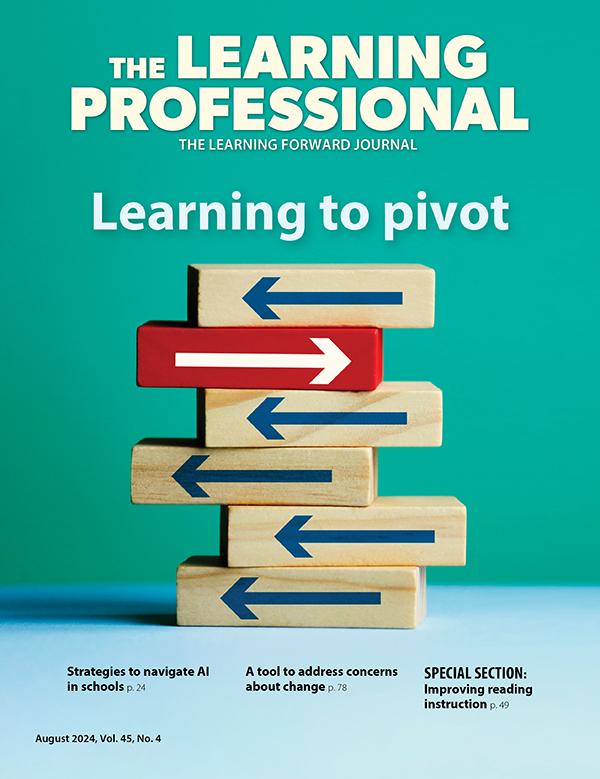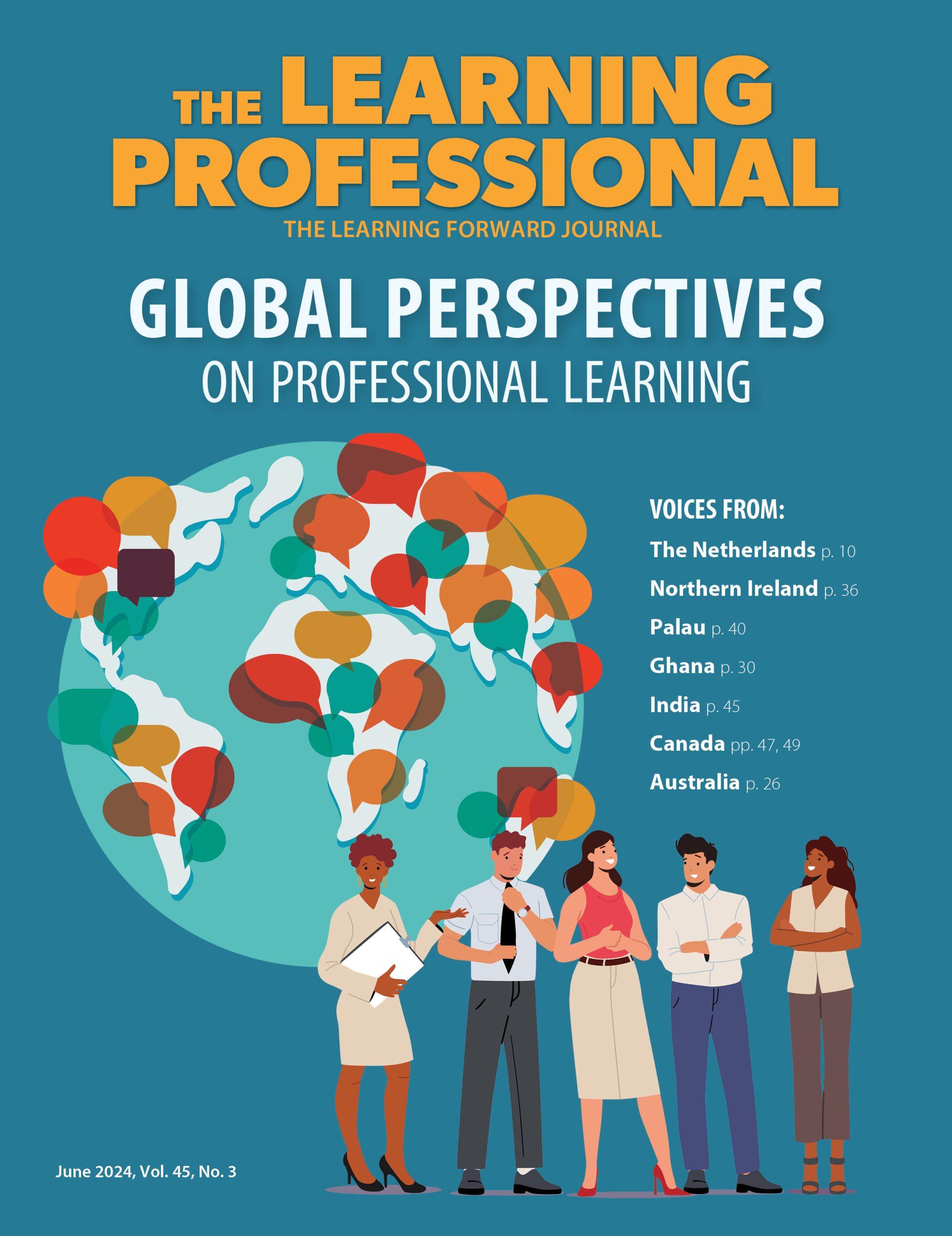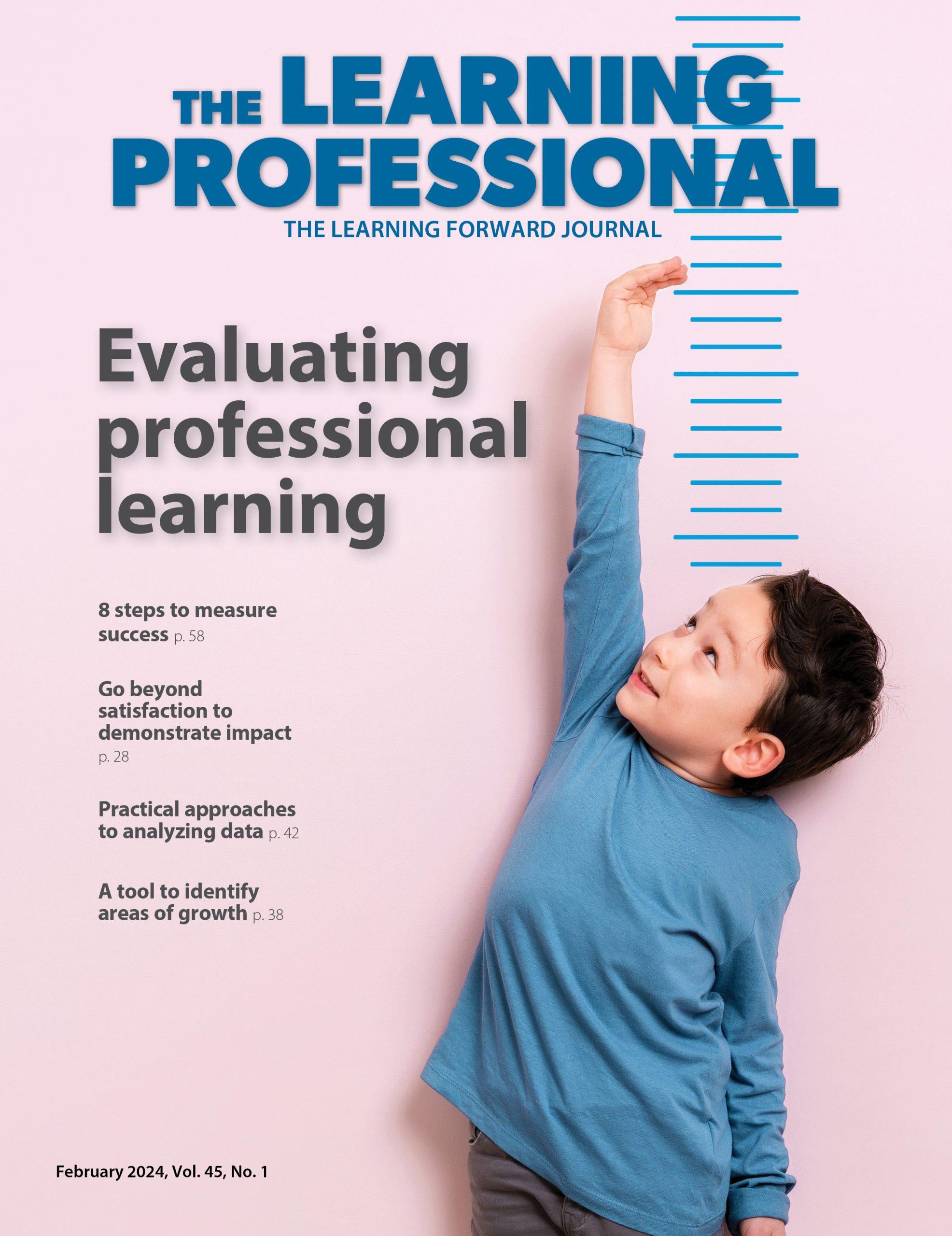FOCUS
Walking a tightrope or catapulting from a cannon?
By Nancy B. Gutiérrez
Categories: Equity, LeadershipDecember 2021
Read the remaining content with membership access. Join or log in below to continue.
Sed ut perspiciatis unde omnis iste natus error sit voluptatem accusantium doloremque laudantium, totam rem aperiam, eaque ipsa quae ab illo inventore veritatis et quasi architecto beatae vitae dicta sunt explicabo. Nemo enim ipsam voluptatem quia voluptas sit aspernatur aut odit aut fugit, sed quia consequuntur magni dolores eos qui ratione voluptatem sequi nesciunt. Neque porro quisquam est, qui dolorem ipsum quia dolor sit amet, consectetur, adipisci velit, sed quia non numquam eius modi tempora incidunt ut labore et dolore magnam aliquam quaerat voluptatem.
References
Alvarez, A. (2019). Confronting inequity/teacher leadership for equity. Educational Leadership, 76(6).
Berg, J.H. (2018). Educating ourselves for equity. Educational Leadership, 76(3).
Brooks, J.S., Jean-Marie, G., Normore, A., & Hodgins, D. (2007). Distributed leadership for social justice: Exploring how influence and equity are stretched over an urban high school. Journal of School Leadership, 17(4), 378-408.
Gordon, S.P. & Ronder, E.A. (2016). Perceptions of culturally responsive leadership inside and outside of a principal preparation program. International Journal of Educational Reform, 25(2).
Jones, S. & Vagle, M.D. (2013). Living contradictions and working for change: Toward a theory of class-sensitive pedagogy. Educational Researcher, 42(3), 129-141.
Klingner, J.K., Artiles, A.J., Kozleski, E., Harry, B., Zion, S., & Tate, W. (2005). Addressing the disproportionate representation of culturally and linguistically diverse students in special education through culturally responsive educational systems. Education Policy Analysis Archives, 13(38), 1-40.
Meyerson, D. (2004). The tempered radicals: How employees push their companies —little by
Moore, M.H. (1997). Creating public value: Strategic management in government. Harvard University Press.
Rigby, J.G. & Tredway, L. (2015). Actions matter: How school leaders enact equity principles. In M. Khalifa, A. Noelle Witherspoon, A.F. Osanloo, & C.M. Grant (Eds.), Handbook of urban educational leadership. Rowman & Littlefield Publishers.
Smith, C.A. (2005). School factors that contribute to the underachievement of students of color and what culturally competent school leaders can do. Education Leadership and Administration, 17.
Sue, D.W., Torino, G.C., Campodilupo, C.M., Rivera, D.P., & Lin, A.I. (2009). How white faculty perceive and react to difficult dialogues on race: Implications for education and training. The Counseling Psychologist, 37(8).
Theoharris, G. (2010). Disrupting injustice: Principals narrate the strategies they use to improve their schools and advance social justice. Teachers College Record, 112(1), 331-373.

Nancy B. Gutiérrez (ngutierrez@ leadershipacademy.org) is president and CEO of The Leadership Academy.
Categories: Equity, Leadership
Recent Issues
LEARNING TO PIVOT
August 2024
Sometimes new information and situations call for major change. This issue...
GLOBAL PERSPECTIVES
June 2024
What does professional learning look like around the world? This issue...
WHERE TECHNOLOGY CAN TAKE US
April 2024
Technology is both a topic and a tool for professional learning. This...
EVALUATING PROFESSIONAL LEARNING
February 2024
How do you know your professional learning is working? This issue digs...
